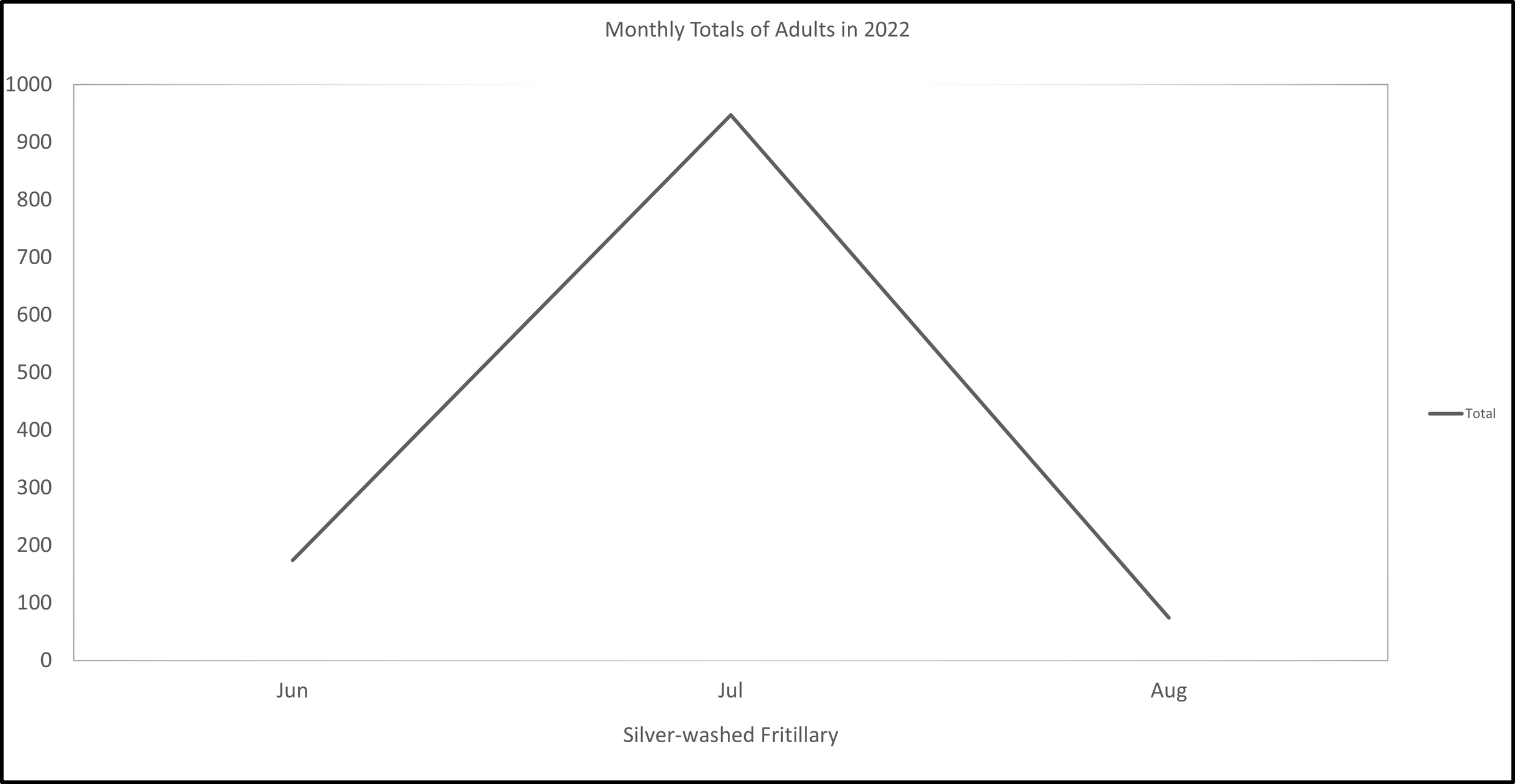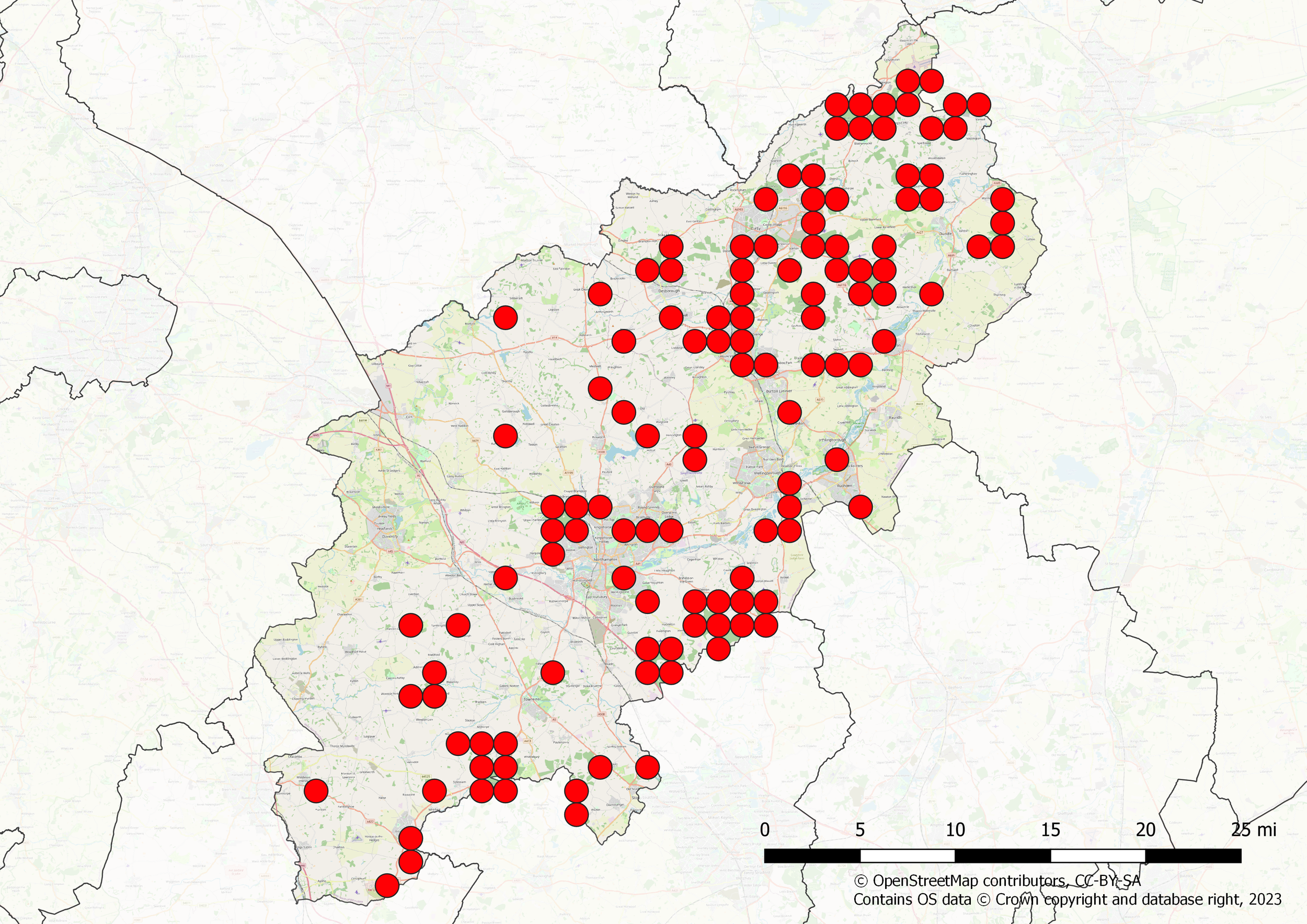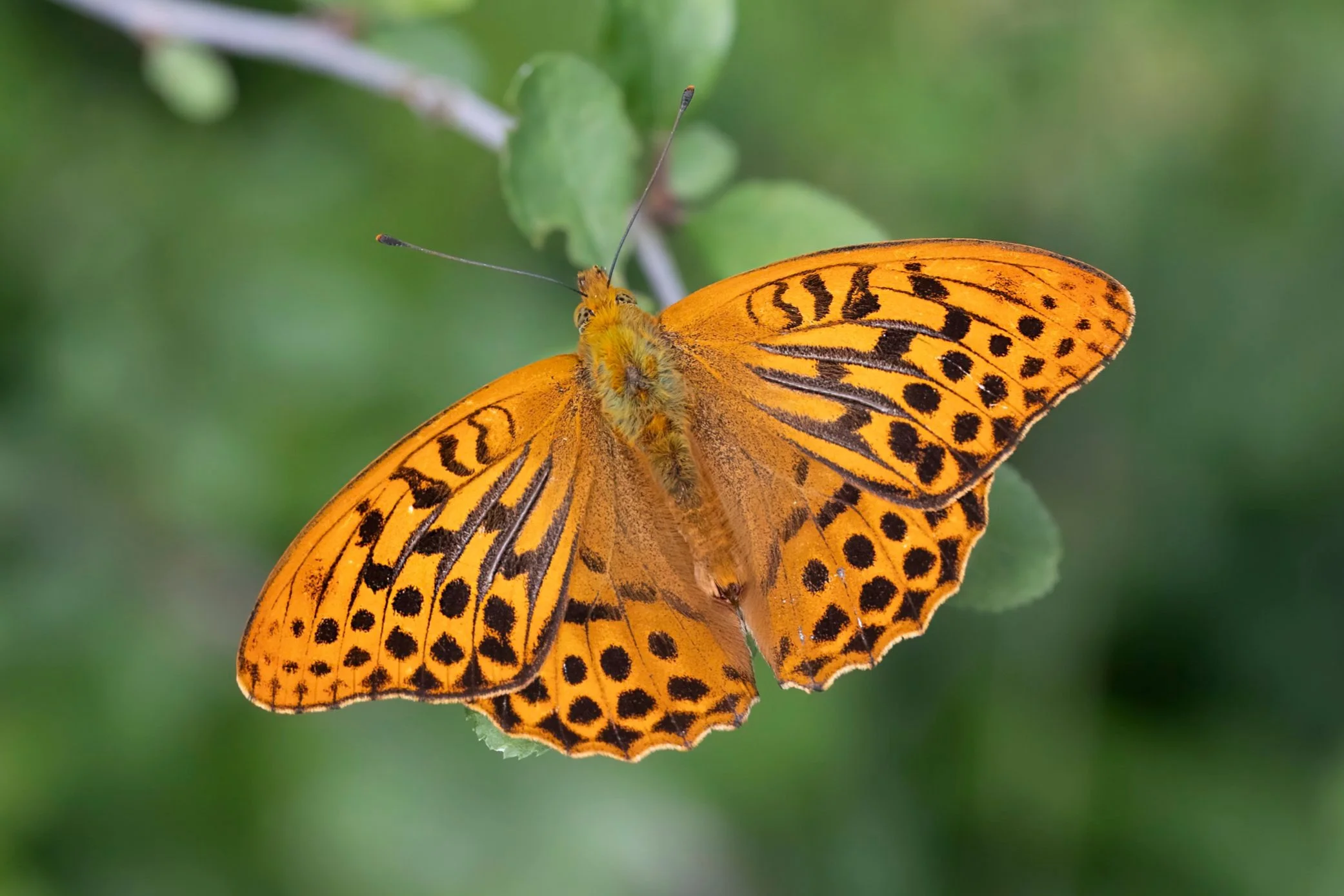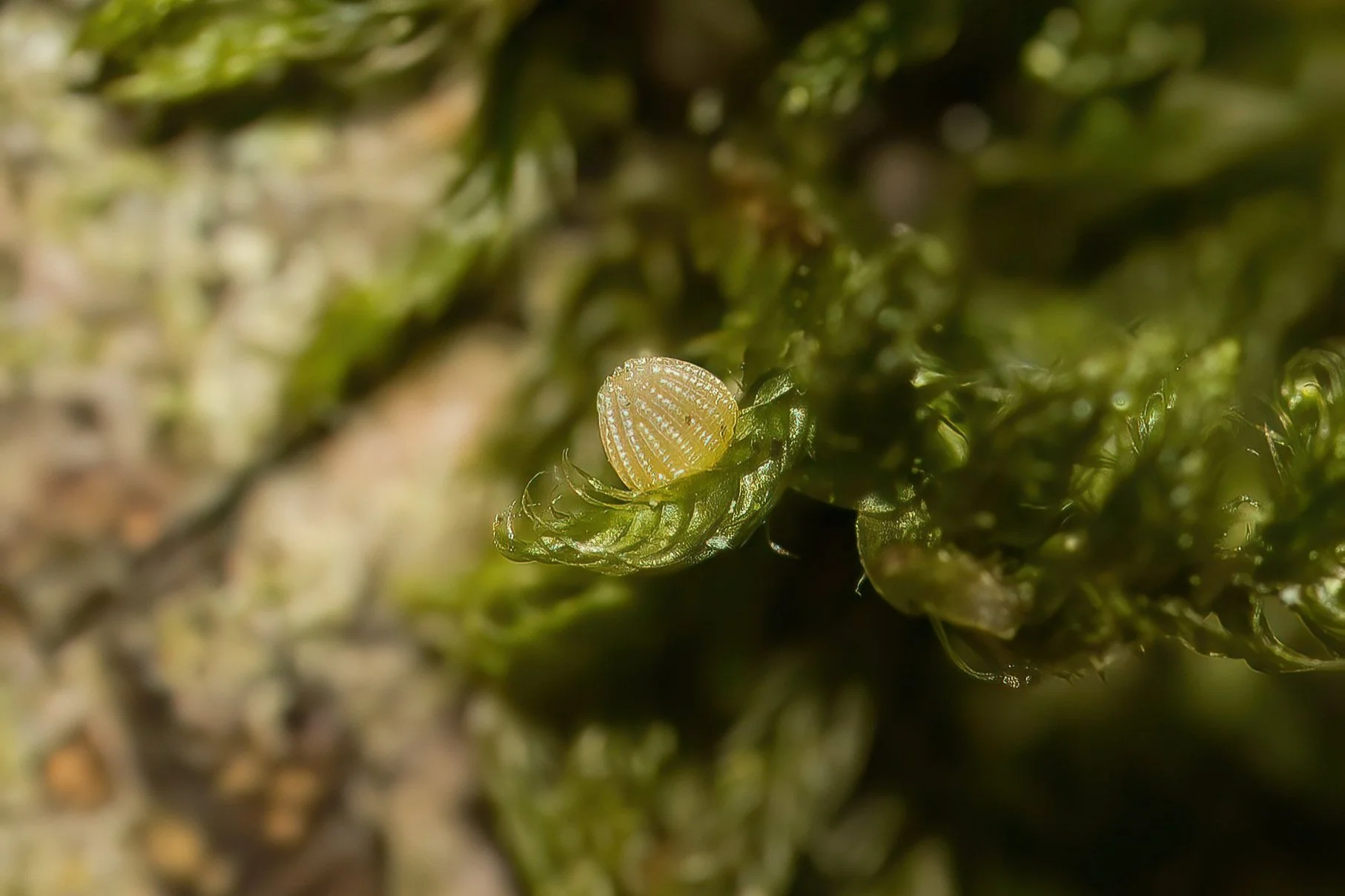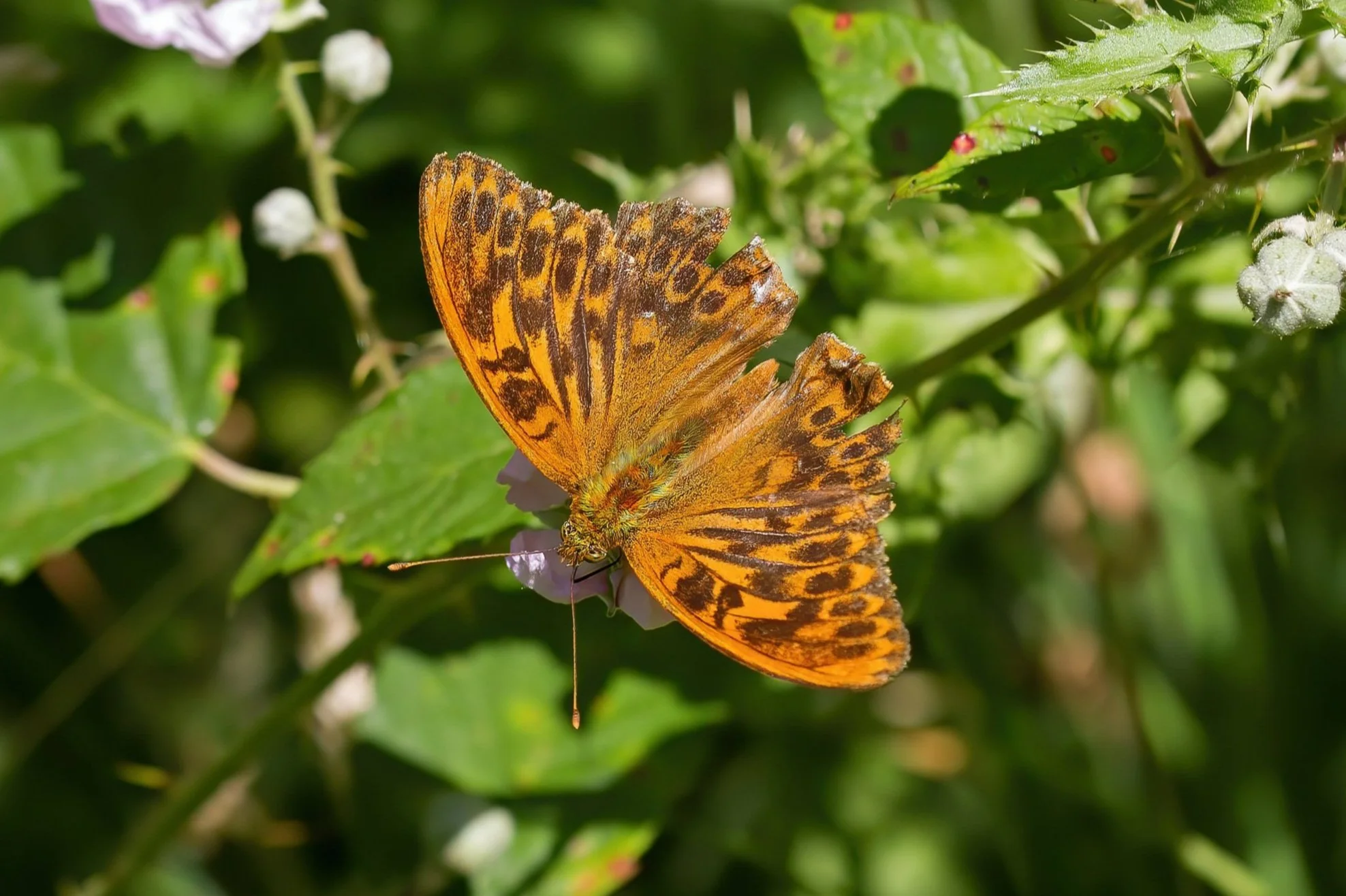Silver-washed Fritillary
Scientific Name - Argynnis paphia
Flight Period - June to August
Overwinters as - Larva
Habitat - Woodland
Larval foodplants - Common Dog-violet
Conservation status - Low priority
Northamptonshire distribution - Localised but large expansion since 2006
Best public sites to see them - Bucknell Wood, Hazelborough Forest and Wood, Fermyn Woods, Fineshade Woods, Old Sulehay and Ring Haw, Salcey Forest
The Silver-washed Fritillary used to be quite a rare sight in the county but since the turn of the millennium has seen a dramatic expansion in its range and is now a common sight in almost all of our Northamptonshire woodlands. The males have obvious scent marks on their forewings which makes telling the sexes apart very easy. The females can have a beautiful colour form known as the f. valezina where the wings take on a beautiful green pearlescence which no photograph can really do justice to, it is one of those butterflies that you really have to see with your own eyes to fully appreciate how stunning it actually is! The f. valezina used to be extremely rare in the county but in recent years they have been recorded with increasing regularity, especially in Bucknell Wood and both the Hazelborough woodlands. The larvae feed on Common Dog-violet but the females don’t lay their eggs directly on the foodplant. Instead, they lay them on the moss on a nearby tree trunk and it’s in this moss where the larvae will overwinter after emerging from the egg. In the following spring, the larvae will wake up and make their way down the tree to reach the fresh leaves of the Common Dog-violets below. In recent years the Dark Green Fritillary has also expanded its range and can often fly at the same time as the Silver-washed Fritillary and also at some of the same sites, especially sites in the northeast of the county. The Silver-washed Fritillary can easily be identified by looking for the row of spots that run along the outer edge of the hindwings, you will notice in the Silver-washed Fritillary they they are not connected to the margins as they are in the Dark Green Fritillary. The underwing is very distinctive as it has the “silver wash” which gives this butterfly its name. Although the Silver-washed Fritillary can be seen anywhere the best sites to see them are Bucknell Wood, Hazelborough Forest and Wood, Fermyn Woods, Fineshade Woods, Old Sulehay and Ring Haw and Salcey Forest. For more information on how to tell the Silver-washed Fritillary apart from the Dark Green Fritillary please click here.
Silver-washed Fritillary Distribution 2018 - 2022
Female Silver-washed Fritillary
Male Silver-washed Fritillary
Mating Silver-washed Fritillaries
A Silver-washed Fritillary egg laid on the moss on an Oak tree
The stunning Silver-washed Fritillary form valezina is becoming an increasingly common sight in our woodlands
Aberrations of the Silver-washed Fritillary can often be seen, especially in years of great abundance. This is the ab. confluens

